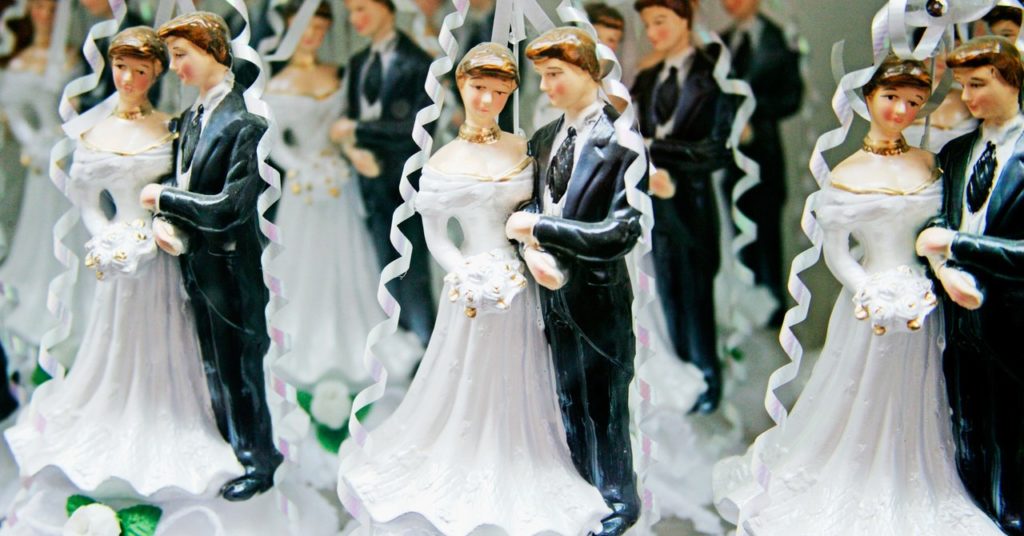Inside the Hyper-Organized World of Wedding Planning Spreadsheets
Planning a wedding is less about “I do” and more about “to do.”…


There are many ingredients that contribute to the perfect wedding: good company, free-flowing booze, and romance all around. But the real secret sauce? Next-level Excel. If you’ve never been in the position of trying to plan a wedding before, let me tell you: You have no idea about the spreadsheets.
Wired UK
This story originally appeared on WIRED UK.
Search “wedding spreadsheet” on Google and you’ll get seemingly endless results offering budget planners, checklists, and calendars for free (and plenty for a fee too). When my partner recently shared news of our engagement (#blessed), his friend immediately sent him a Google Sheets spreadsheet that she had in turn been bequeathed upon her own engagement, like some sort of premarriage rite of passage. It had 25 separate tabs.
I, too, initially scoffed at the wedding spreadsheets. It’s just a party! Why do people get so crazy about weddings?! I’m going to be a chill bride! But then I started to think about the venue. And the guest list. And the food. And the drink. And the music. And the transport. And the photographer… Of course, you can do away with as many of the details as you want (one spreadsheet I came across included tips on matching your tiara to your skin tone), but as much as you may wish to rail against the wedding-industrial complex, if you are getting married and want to do anything other than elope in secret, then mark my words, you will end up using a spreadsheet. Organizing a piss-up in a brewery, it transpires, requires a fair amount of advance planning.
Weddings are bizarre in this sense, as they suddenly place an expectation on people who likely have no previous event-planning experience to organize what society pressures them into believing is the most important day of their lives. Pretty much overnight, you’re expected to know and care about things like venue capacities and catering companies and flower arranging, with all of your decisions held up as a representation of your relationship with the person you have decided to commit to for life. No pressure!
The typical wedding spreadsheet includes several important subsheets, principal among them the budget tracker and guest list—or the initial guest list, followed by the reduced guest list, the guest list for people invited to the reception but not the ceremony, the second-tier guest list for people you can only invite if other people can’t come, and the finalized guest list (at which point you can also start on your seating plan).
There’s usually one master “to do list, often organized in a rough timeline—”one year out,” “six months out,” “three months out,” etc, down to “one week out” and “day before”—with a separate list often required for the day itself. On one spreadsheet I was sent, the master to-do list charmingly included the entry “Make to-do list.”
After these basics, the spreadsheets vary in their level of detail and general insanity. One online template I found suggests you start out by making a Venn diagram of your and your partner’s “emotional goals” for the wedding, before composing a “wedding mission statement.” Another suggests that your one-year-out checklist should include starting a beauty regime for the big day; at six months out, you should “step up” your beauty regime, including trialling different waxes and spray tans.
Indeed, there is a predictable yet dismaying amount of gender stereotyping in most wedding planning tools, with online resources almost exclusively assuming an opposite-sex partnership in which the stereotypically feminine bride is taking on the bulk of the planning. Start wedding research and your browser tabs, usually dominated by blue hues, will suddenly all turn pink. One checklist suggests you can “let the groom organize the suits” (how gracious of you) while another refers to the groom rather nauseatingly as “h2b” (“husband-to-be”). A budget spreadsheet hosted, inexplicably, on the website of Nottinghamshire City Council includes separate line entries for every item of the bride’s clothing, including her underwear, while the groom, who is presumably going commando, gets just one entry for “suit and shoes.”




